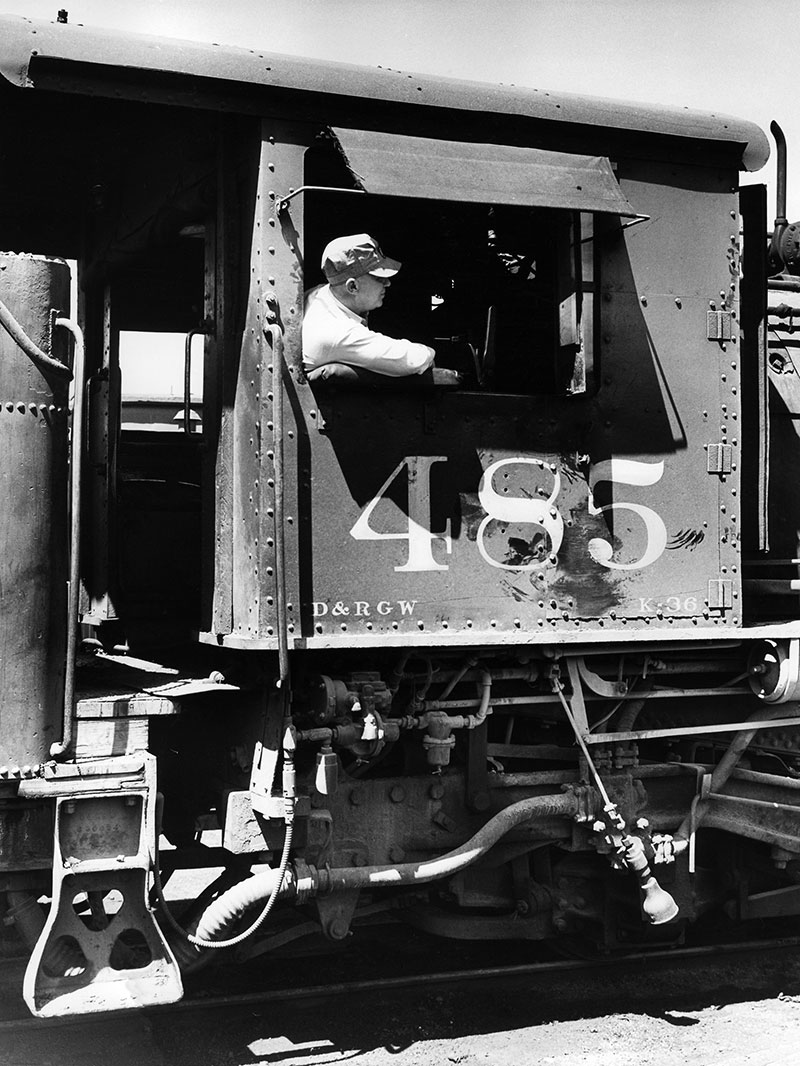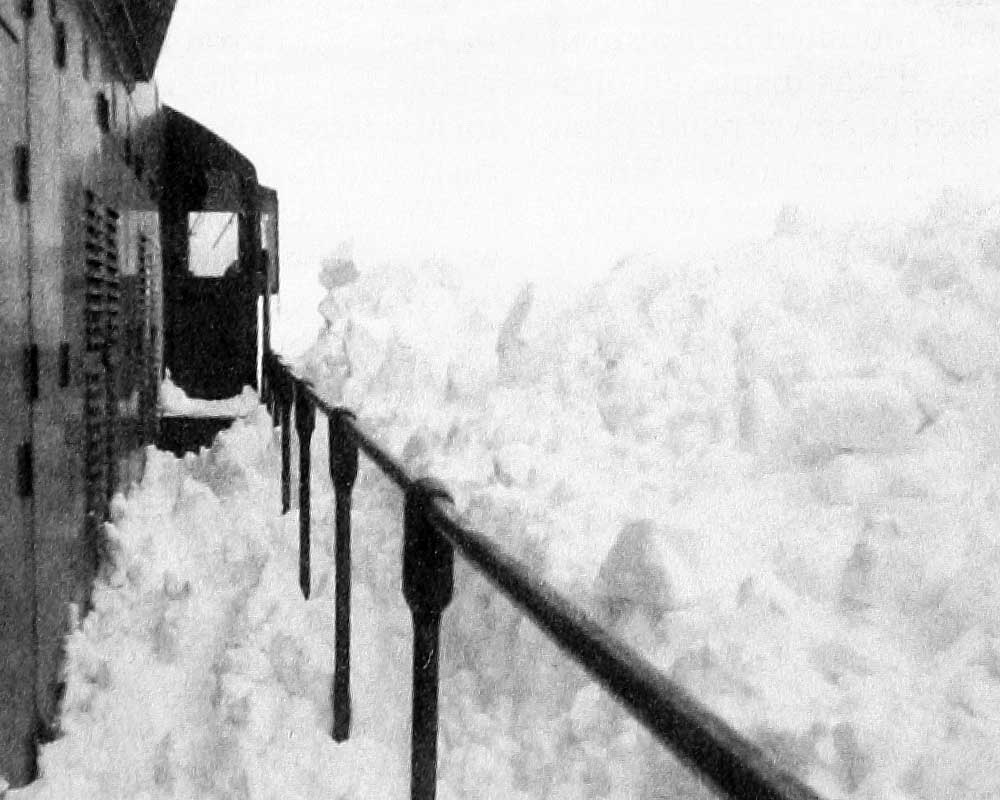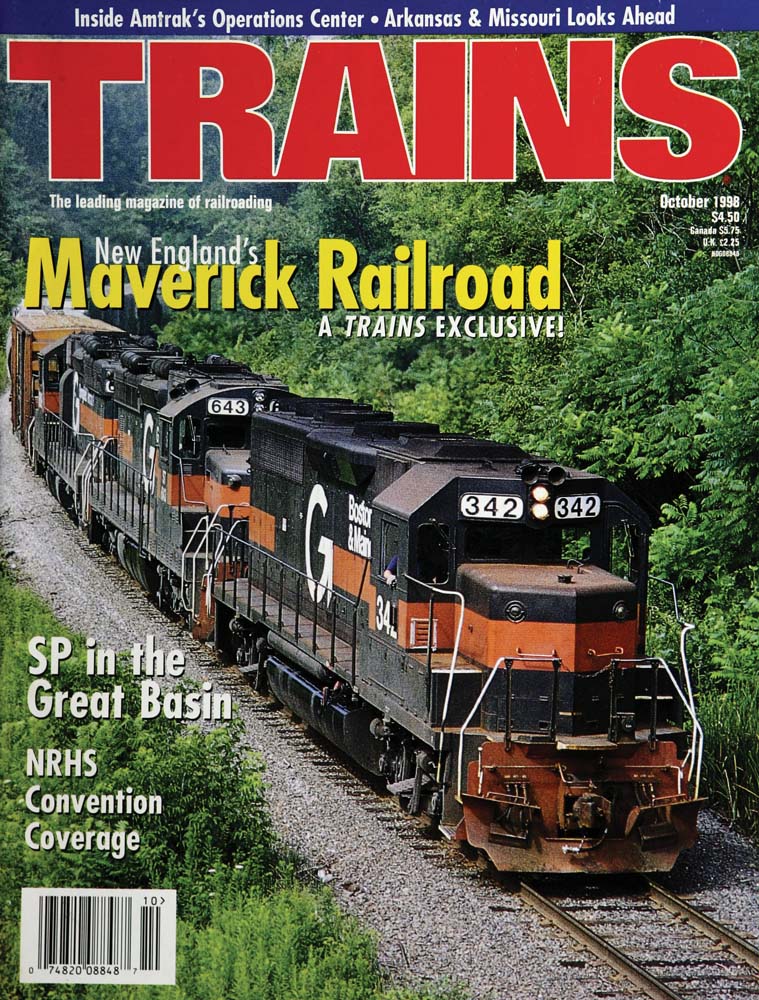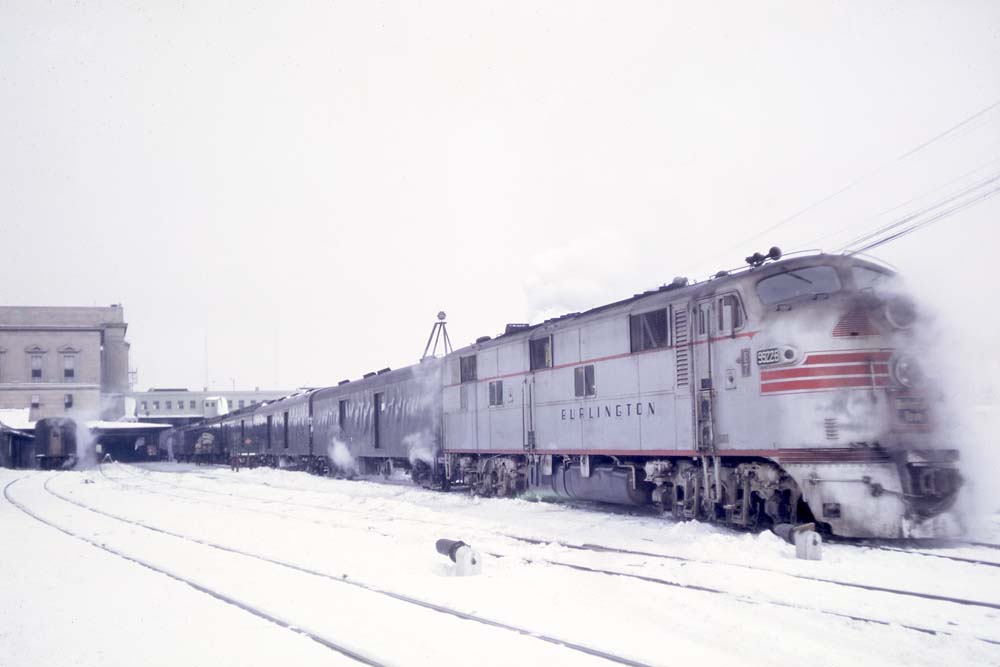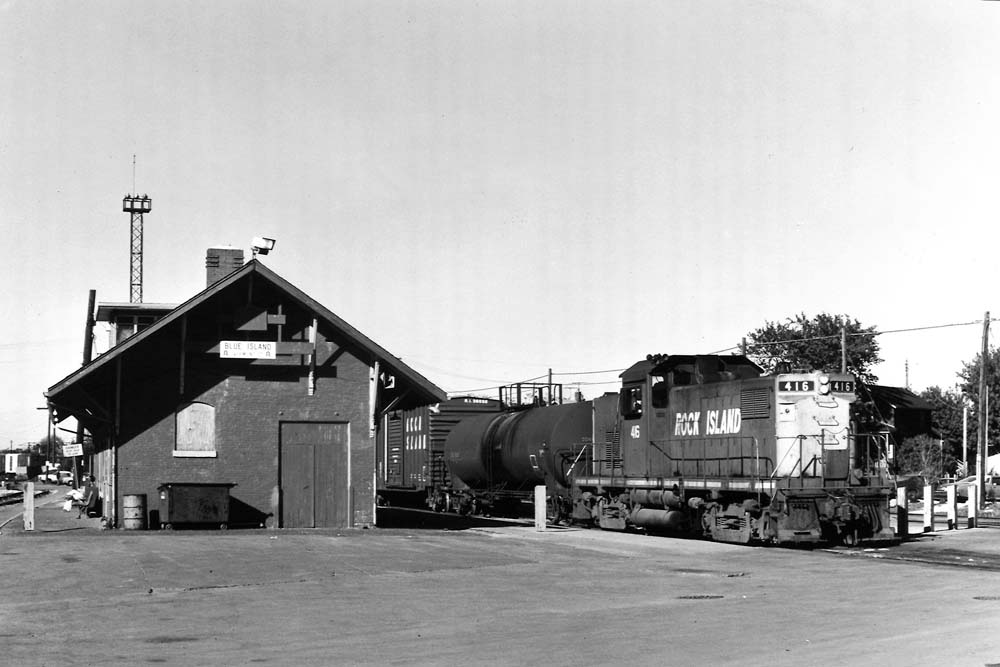He hired out as a fireman in 1911, and was promoted to engineer during World War I. By the end of the war, my grandfather and his growing family were living comfortably in a small white house several blocks east of the Durango depot.
Then tragedy struck. His wife — my grandmother — was hit by a speeding truck as she walked with friends on a hot July evening in 1923. Neighbors carried her home and called the doctor. He came, examined her, administered pain medication, and then predicted that her internal bleeding would prove fatal within 24 hours.
As was frequently the case, my grandfather was away from home that evening, playing cards with his buddies in Chama, N.Mex., the east end of his district. A telegraph was dispatched from Durango to Chama informing him of the accident.
He needed to get home quickly, but how? There were no westbound trains scheduled out of Chama until the following day. My grandfather did not have an automobile at his disposal; even if he did, it would have been foolhardy to attempt the unimproved mountain roads in the dark.
His railroad buddies came to the rescue. A locomotive was dispatched to run light from Chama to Durango that night. A crew was called, with my grandfather as the engineer. Orders were issued giving his engine rights over all other traffic on the line. I suspect that several railroaders risked their jobs when they allowed a distraught engineer to use a locomotive for personal transportation, but the railroad fraternity knew that the Rio Grande brass would not find out about this unusual move unless there was a wreck.
They pulled out of Chama sometime after midnight and arrived in Durango at sunrise. My grandfather ran all the way to his home.
My mother, 12 years old at the time, had spent the night sitting at her injured mother’s bedside. She recalled her father bursting through the door, looking like some sort of wild man. His face was blackened with soot and coal dust, except for two white circles around his eyes where his goggles had been. He glistened with sweat, his chest was heaving, and he had a crazed look on his face. “Did I make it in time?”
Yes — my grandmother was still alive and conscious. Husband and wife had several hours to say their good-byes before she slipped away later that day.
Time would help ease the hurt, and perhaps blur the memories. Forty years later, my grandfather told me the story of this Chama-to-Durango race. He claimed to have run the locomotive so fast that the inside drivers lifted off the rails on one of the curves. This, he said, earned him the reputation of “fastest engineer on the narrow-gauge.”
First published in Summer 2007 Classic Trains magazine.
Learn more about railroad history by signing up for the Classic Trains e-mail newsletter. It’s a free monthly e-mail devoted to the golden years of railroading.





